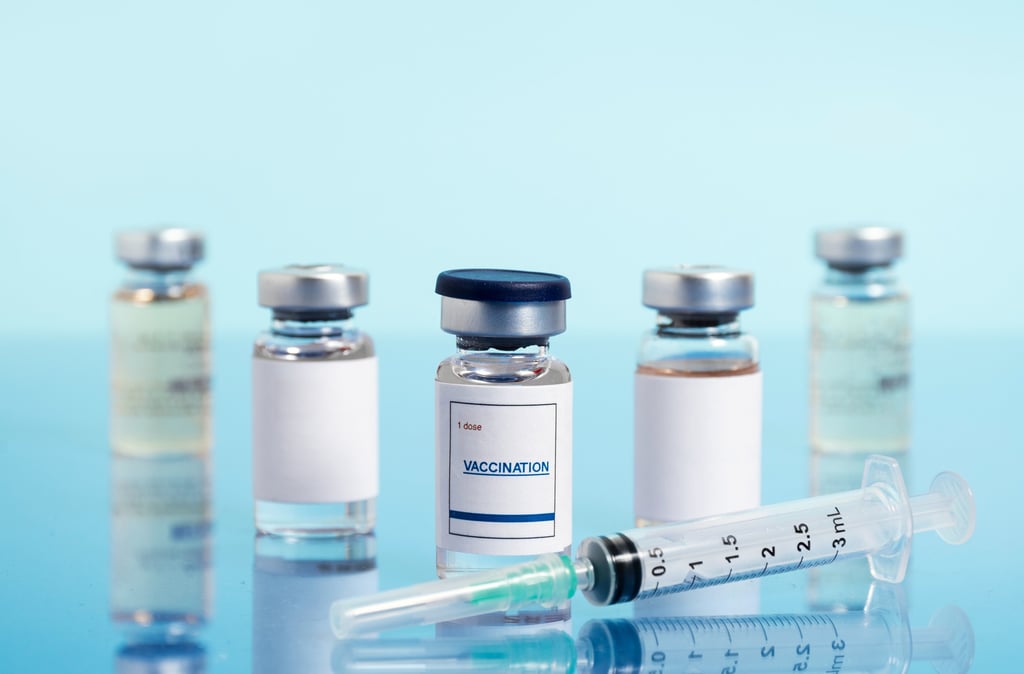Are Vaccines an Example of Tertiary Prevention?
Vaccines have become a very important tool for disease prevention throughout the centuries, but their role in disease prevention is still confusing.
9/26/20243 min read


Are Vaccines an Example of Tertiary Prevention?
Vaccines have become one of the most important tools for disease prevention throughout the centuries. However, when it comes to their roles in disease prevention, a little bit of confusion may be encountered. There are terms such as primary, secondary, and tertiary prevention you may have come across, especially in healthcare discussions. All of these categories have their unique role in protecting us from infectious diseases. Thus, where do vaccines fit in? Can vaccines be considered an example of tertiary prevention, or do they belong to another sort of prevention? Now, let us proceed with the types of prevention and know more about the vaccines.
The Three Levels of Prevention: A Quick Overview
Before we answer the question, let’s break down the three levels of disease prevention:
Primary Prevention
Primary Prevention is the first line of defense. It aims at focusing on preventing diseases or conditions from occurring in the first place. These are prevention strategies, which include encouraging people to adopt healthy lifestyles, vaccinations, and awareness of disease prevention.
Secondary Prevention
Secondary Prevention level seeks to detect diseases at an early stage by a checkup or a test to avoid the disease progressing. The purpose is to find and correct diseases before they become life-threatening.
Tertiary Prevention
Tertiary Prevention happens once a disease has already developed. It is about managing the disease, avoiding the development of its complications, and enhancing the well-being of the patients.
Where Do Vaccines Fit In?
Now that we know the basics, let’s look at how vaccines fit into these categories.
Vaccines as Primary Prevention
It is noteworthy that vaccines are most often related to primary prevention. Why? Because their main role is to administer preventive health care right from the time when there are no signs of the diseases at all. Vaccines work in a way that they help the immune system to identify and eliminate certain pathogens thus preventing illnesses such as measles, polio, and seasonal flu.
For instance, childhood vaccinations protect children from various infectious diseases that would otherwise lead to severe health complications. Thus, vaccines are a clear example of the primary approach to prevention, as they do not allow diseases to start in the first place.
Are Vaccines Tertiary Prevention?
As earlier discussed, vaccines are mostly associated with primary prevention since they are used for preventing diseases from occurring; however, in some specific scenarios, vaccines can be used at the tertiary prevention level. How? For instance, let’s think of some vaccines administered to people with a specific disease or those with a condition that gives them a higher risk.
Example 1: The Shingles Vaccine
People who suffer from chickenpox are at high risk of having shingles at some point in life. The shingles vaccine is administered to people, particularly those in their old age to help counter the recurrence of the virus associated with the shingles. In this case, the vaccine is controlling an ongoing disease (previous attack of chicken pox) to avoid other related issues and complications therefore which can be seen as tertiary prevention.
Example 2: The HPV Vaccine for Cervical Cancer Prevention
In women at the initial stages of cervical dysplasia due to HPV, the HPV vaccine may be a component of a multi-faceted approach to prevent cancer progression. This intervention assists in treating some of the current infections and decreases the chances of getting other types of cancer, hence qualifies as a tertiary preventive measure.
Thus, although vaccines are mainly considered as the primary prevention tool, they can also be used as the tertiary prevention tool to handle the existing health issues and their consequences.
Vaccines and Their Role in Public Health
Vaccines do not only work for the person who has been administered the vaccine, they also work for the entire community through the concept of herd immunities. It has been known that with increased coverage, diseases are controlled and do not affect the remaining population or those who have low immunity. This public health benefit shows how vaccines contribute to primary and tertiary prevention.
Conclusion: Are Vaccines Tertiary Prevention?
In most circumstances, vaccines are a sort of primary prevention since they prevent disease from occurring in the first place. However, in some cases, vaccines can also be categorized under tertiary prevention since they are used to control or minimize the progression of diseases in patient’s lives.
Whether as a type of primary prevention or tertiary prevention, vaccination remains one of the best strategies that can be used to protect our health and that of the community. Thus, the next time you get ready to receive your shot, you will be aware of how it is helping you stay healthy!
